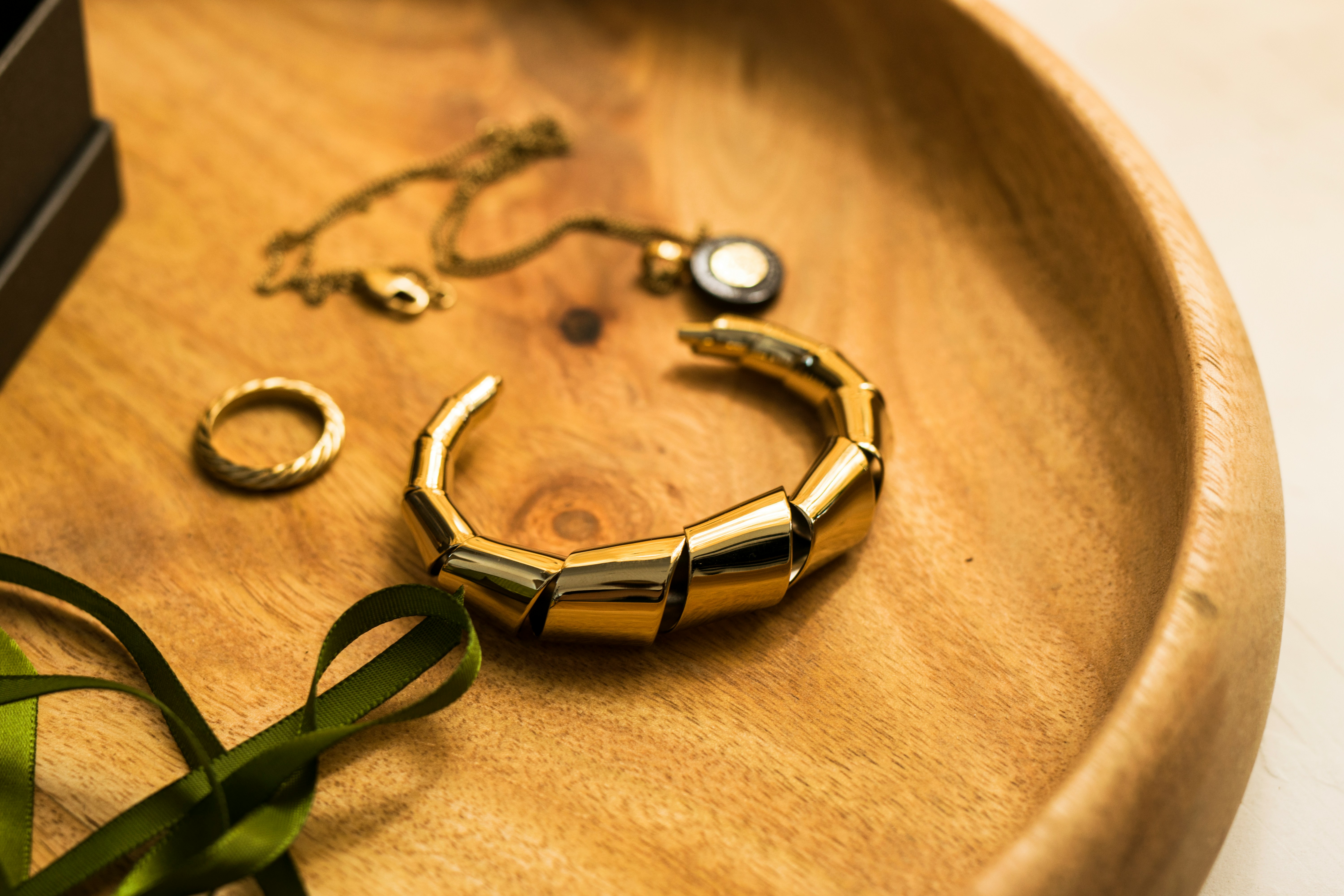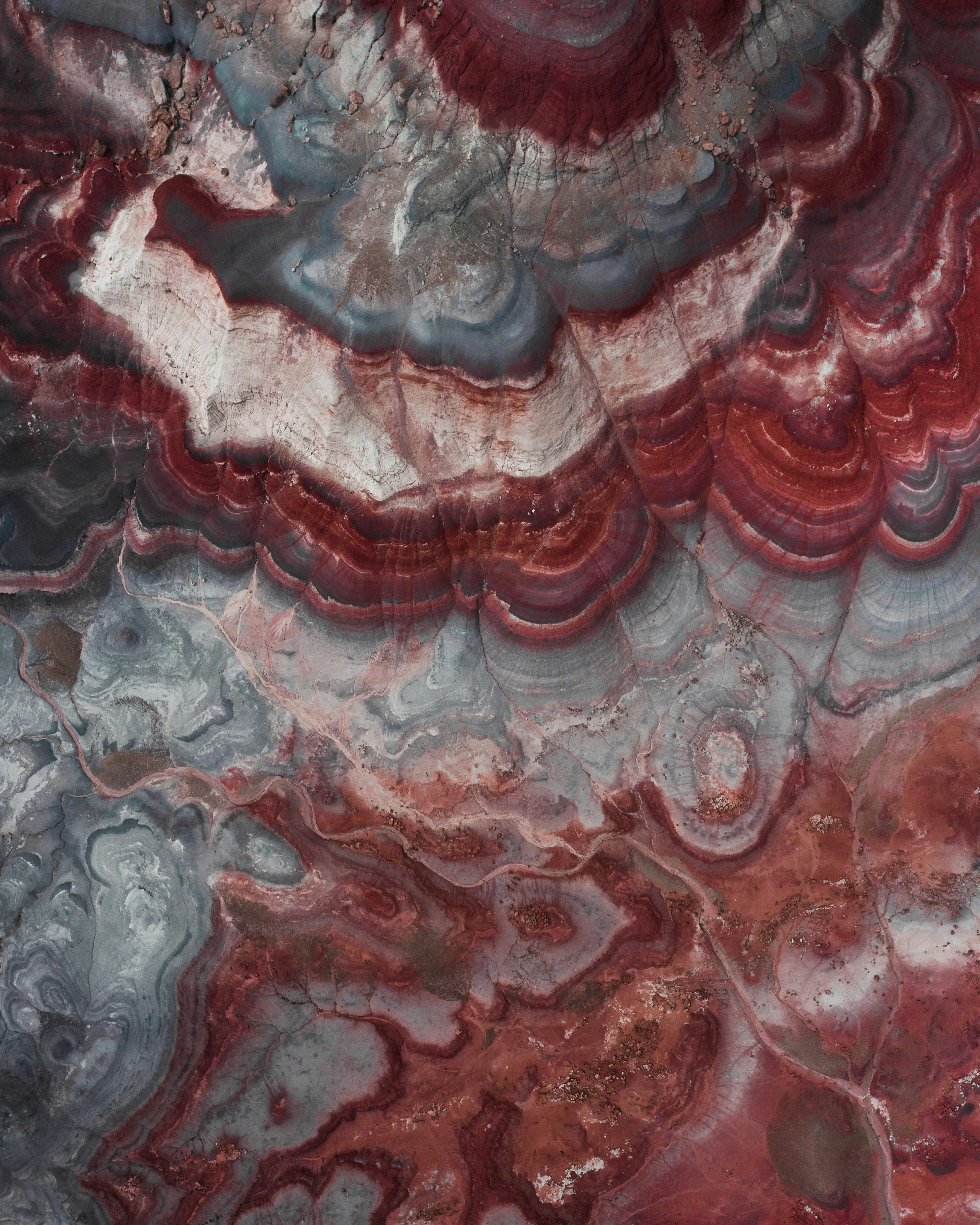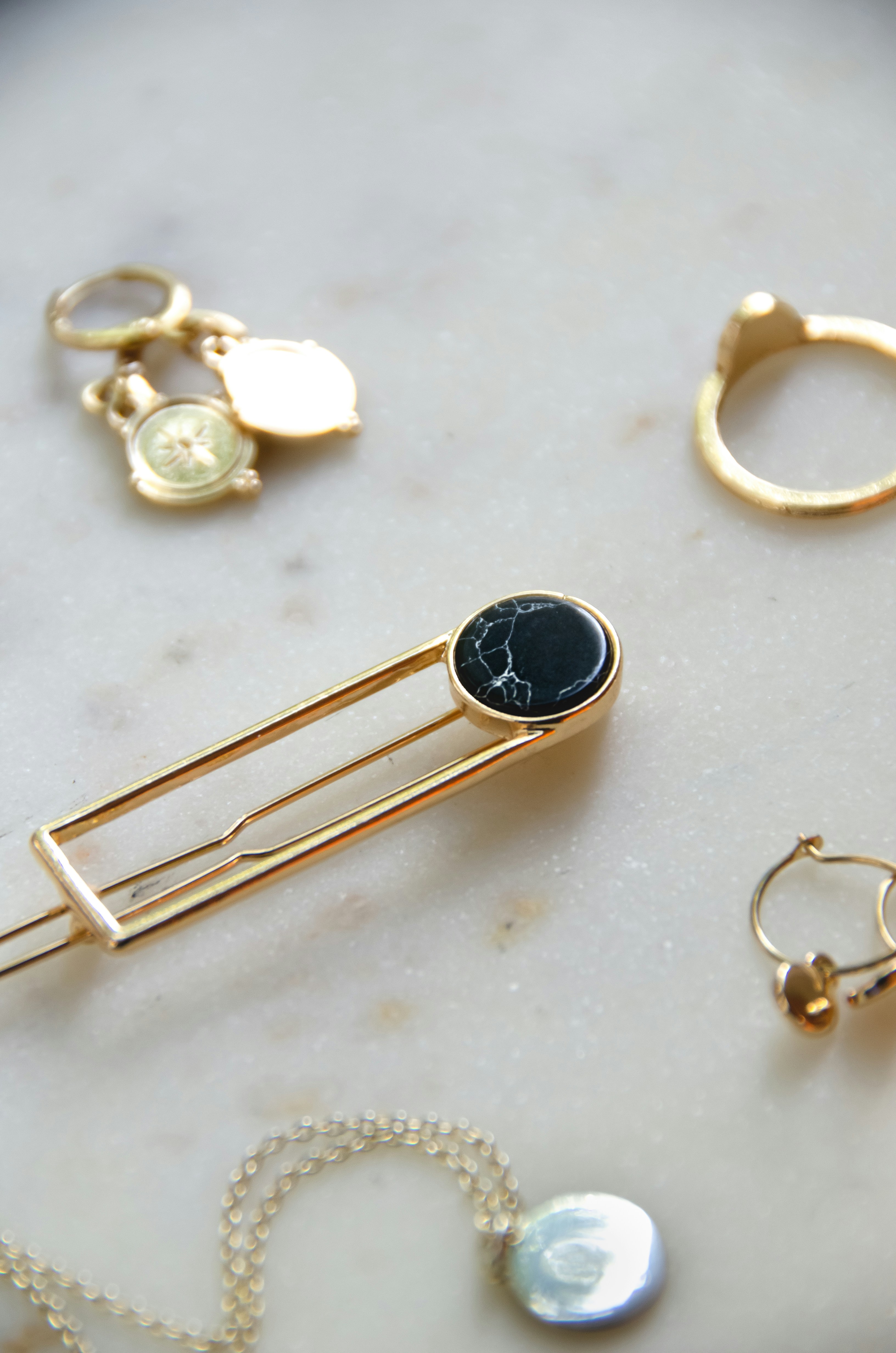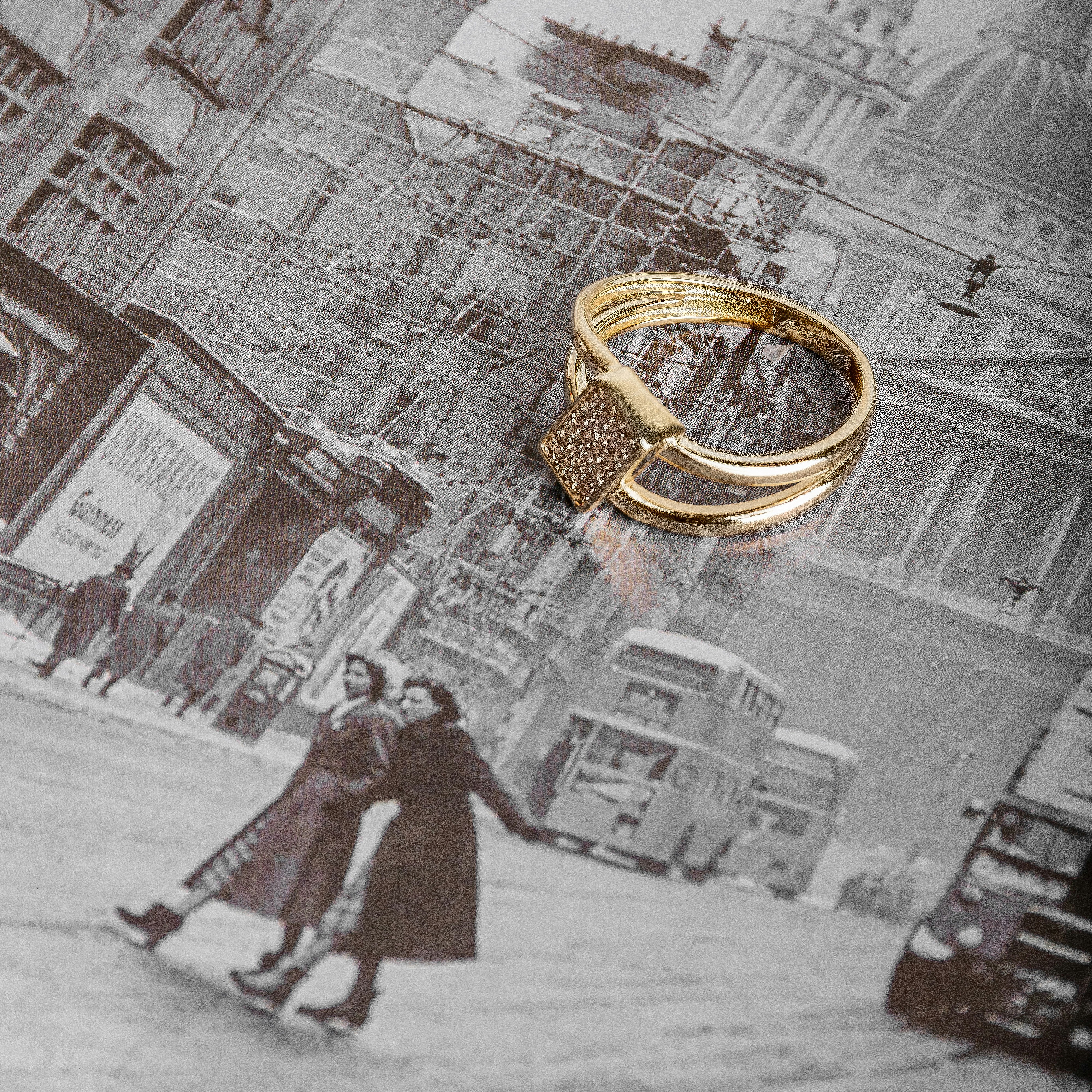Buying Guide For Vintage Lea Stein Jewelry
Alexander Kellerson
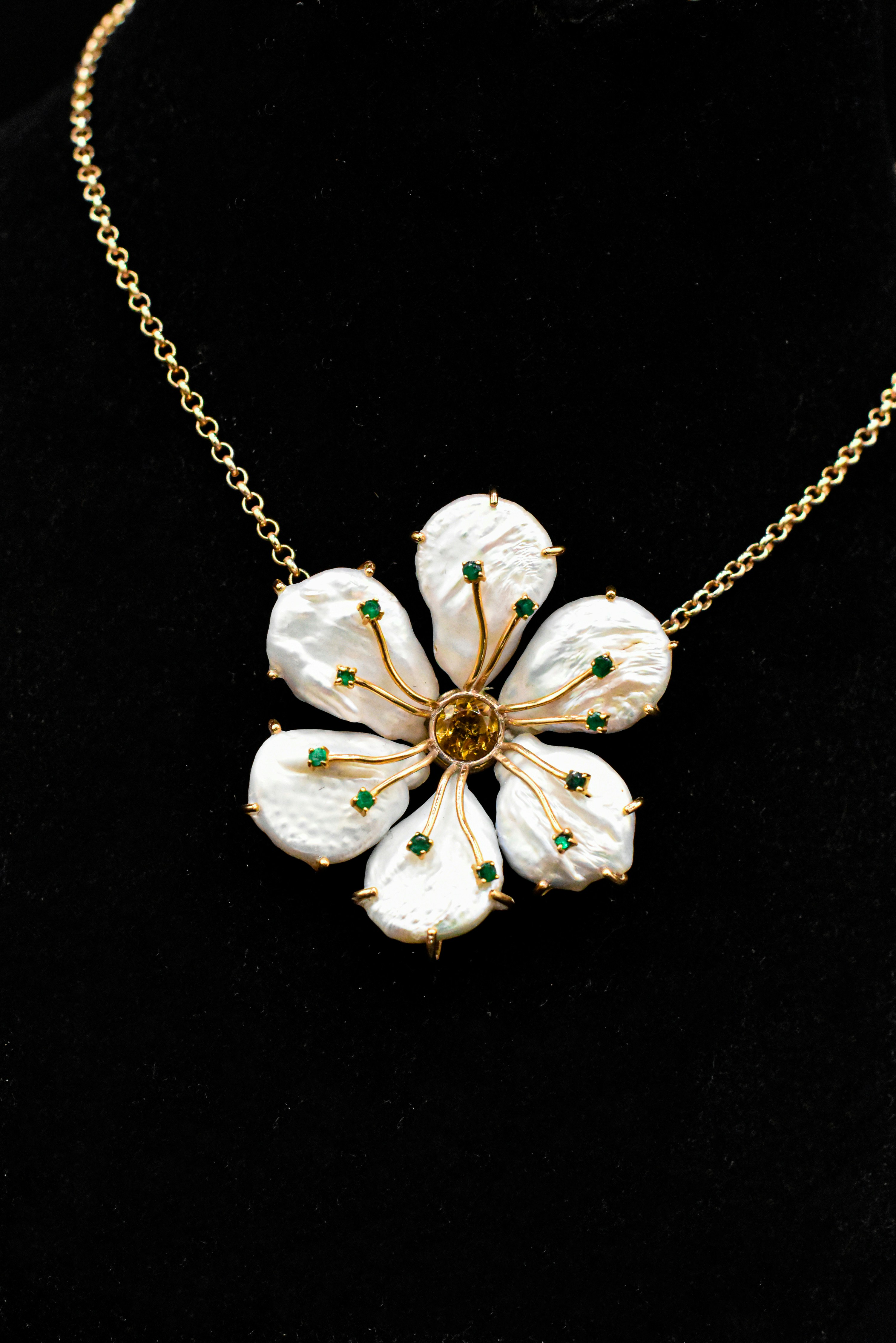
Introduction to Vintage Lea Stein Jewelry
Vintage Lea Stein jewelry is highly sought after by collectors for its unique designs and historical value. Lea Stein, a French designer, is renowned for her distinctive use of celluloid and intricate craftsmanship. This guide will help you navigate the world of vintage Lea Stein jewelry, providing essential tips and insights for making informed purchases.
Why Collect Lea Stein Jewelry?
Lea Stein's pieces are more than just accessories; they are pieces of art. Collectors are drawn to her work for its originality, vibrant colors, and the nostalgic charm it brings. Moreover, as vintage fashion continues to trend, owning a piece of Lea Stein jewelry can be a valuable addition to any collection.
The unique layering technique and innovative use of cellulose acetate set Lea Stein's creations apart from other vintage jewelry. Her designs often reflect the cultural and artistic movements of her time, making each piece a historical artifact. Collecting her jewelry is not only a hobby but also an investment in a rich legacy of design and creativity.
Recognizing Authentic Lea Stein Pieces
Authenticity is crucial when collecting vintage jewelry. Genuine Lea Stein pieces are typically signed with 'Lea Stein Paris' on the pin-back. Familiarize yourself with her hallmark designs, materials, and the construction techniques used during her different production periods to avoid counterfeit items.
Pay close attention to the detailing and quality of the pieces. Authentic Lea Stein jewelry is known for its precise craftsmanship and intricate designs. Counterfeit pieces often lack the fine details and may use inferior materials. Always buy from reputable sources and, if possible, seek certification of authenticity to ensure you are purchasing genuine Lea Stein jewelry.
Popular Designs and Themes
Lea Stein's designs often feature whimsical and nature-inspired themes, including animals, geometric shapes, and portraits. Some of the most popular pieces include the fox, cat, and lady brooches. Understanding these themes can help you identify and appreciate the variety in her work.
Each design reflects Lea Stein's artistic vision and creativity. The use of bold colors and unique shapes makes her jewelry stand out. Collectors often seek out specific themes or designs, making some pieces more valuable than others. Knowing the popular designs and their significance can enhance your collection and appreciation of Lea Stein's artistry.
Materials and Craftsmanship
Lea Stein is famous for her use of cellulose acetate, a material that allows for her distinctive layering technique. This section will delve into the materials used and the unique methods Stein employed to create her jewelry, highlighting the quality and durability of her pieces.
The layering technique involves placing different layers of cellulose acetate together, creating a unique texture and depth in each piece. This method not only adds to the visual appeal but also enhances the durability of the jewelry. Understanding the craftsmanship behind Lea Stein's pieces can help you appreciate the intricate details and high-quality materials used in her creations.
Where to Buy Vintage Lea Stein Jewelry
Finding reputable sources to purchase vintage Lea Stein jewelry is essential. Explore various options such as antique shops, vintage fairs, online marketplaces, and specialized jewelry stores. Each platform has its pros and cons, and knowing where to look can enhance your buying experience.
Antique shops and vintage fairs offer the advantage of seeing the pieces in person and speaking directly with knowledgeable sellers. Online marketplaces, while convenient, require careful research to ensure the authenticity of the pieces. Specialized jewelry stores may provide certification and expert advice, making them a reliable option for serious collectors.
Tips for Purchasing Online
Buying vintage jewelry online comes with its own set of challenges. Ensure you are purchasing from trusted sellers by checking reviews, requesting detailed photographs, and asking for authenticity guarantees. This section will provide a comprehensive guide to making safe and informed online purchases.
Always read the seller's reviews and ratings to gauge their reliability. Request multiple high-resolution photos to examine the details of the jewelry closely. If possible, ask for a certificate of authenticity or proof of provenance. These steps can help you avoid scams and ensure that you are buying genuine Lea Stein pieces online.
Caring for Your Lea Stein Jewelry
Proper care and maintenance can preserve the beauty and longevity of your Lea Stein jewelry. Learn the best practices for cleaning, storing, and handling your pieces to keep them in pristine condition.
Avoid exposing your jewelry to harsh chemicals, extreme temperatures, or direct sunlight, as these can damage the materials. Clean your pieces gently with a soft cloth and store them in a cool, dry place. Using a jewelry box with individual compartments can prevent scratches and keep your collection organized.
Investing in Lea Stein Jewelry
Lea Stein jewelry can be a wise investment. This section will discuss the factors that contribute to the value of her pieces, such as rarity, condition, and market trends. Understanding these elements can help you make smarter investment decisions.
Pieces in excellent condition, with original components and minimal wear, are often more valuable. Limited edition designs or those from specific production periods can also fetch higher prices. Stay informed about market trends and the popularity of certain designs to make informed investment choices in Lea Stein jewelry.
Common Myths and Misconceptions
There are several myths and misconceptions about Lea Stein jewelry. This section will debunk common myths, providing clarity and factual information to enhance your knowledge and appreciation of her work.
One common misconception is that all unsigned pieces are counterfeit. While a signature adds to the authenticity, some early or rare pieces may not have the signature but are still genuine. Another myth is that Lea Stein jewelry is fragile; however, with proper care, these pieces are quite durable. Understanding these facts can help you make more informed decisions when buying and collecting.
Conclusion and Final Tips
Summarize the key points of the guide and offer final tips for prospective buyers. Emphasize the importance of research, authenticity, and proper care to ensure a satisfying and rewarding experience when collecting vintage Lea Stein jewelry.
In conclusion, collecting vintage Lea Stein jewelry can be a fulfilling hobby and a smart investment. Always prioritize authenticity, buy from reputable sources, and take good care of your pieces to maintain their value and beauty. Happy collecting!

